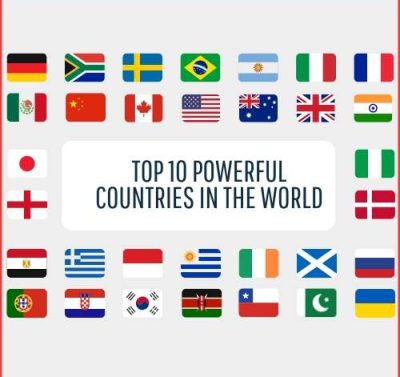In order to advance renewable energy, Sri Lanka will sign a memorandum of understanding (MoU) with India. The island nation wants to meet 70% of its electricity needs from renewable sources by 2030.
A memorandum of understanding on collaboration between the two nations in the area of renewable energy has received clearance from the Sri Lankan Cabinet, according to a cabinet spokesman.
The government has committed to producing 70% of the required electricity from renewable sources by 2030 in order to achieve energy independence and carbon emission neutrality by 2050, the spokesman said.
He claimed that the Indian government has indicated a desire to strengthen the field of renewable energy by promoting and enabling the use of biomass, solar, and wind energy in the production of electricity.
Together with Sri Lanka, India plans to work with both countries’ private and public sector businesses to continuously transmit infrastructure throughout the island, including the northern and eastern provinces.
At the same time, an agreement has been reached between the Ceylon Electricity Board (CEB) of Sri Lanka and the National Thermal Power Corporation (NTPC) of India to jointly implement a solar power project in two stages at the location where the previous 135-megawatt coal power generation plant in Sampoor, Trincomalee, was slated to be built.
As the first stage of this project, it is anticipated to implement a solar power project of 50 megawatts with a total estimated investment of $42.5 million and build a 220-kilowatt transmission line with a length of 40 kilometers from Sampoor to Kappalthure in the Eastern Province for $23.6 million. This stage is anticipated to be finished in two years, from 2024 to 2025, the spokesman said.
At stage 2 of this project, an additional 85 megawatts of solar power generation capacity is anticipated to be built for a total expenditure of $72 million. To distribute the electricity produced under the aforementioned Stage 02, a transmission line with a length of 76 km and a 220-kilowatt capacity will be built from Kappalthure to New Habarana in the North Central Province, according to plans that are expected to cost $42 million, the official continued.
With an Indian team led by Pankaj Jain, Secretary of the Indian Ministry of Petroleum and Natural Gas, on Friday, Sri Lanka’s Minister of Electricity and Energy, Kanchana Wijesekera, discussed investment potential and the energy sector company. The development of Trincomalee as an energy hub, the promotion of renewable energy, infrastructure growth, and liquefied natural gas supply had been the main topics of discussion.
Jain advocated for stronger ties between Sri Lanka and India in the energy sector during the conversation. He also stressed the necessity for both nations to research new energy sources and comprehend molecules like compressed biogas, ammonia, and green hydrogen.
Gopal Baglay, Deputy High Commissioner Vinod K. Jacob, Esha Srivastava, Chairman of IOC Company S.M. Vaidya, Chairman of Engineers India Limited Varthika Shukla, Managing Director of Petronet LNG Limited A.K. Singh, Managing Director of ONGC Videsh Limited Rajarshi Gupta, and Director of Hindustan Petroleum Corp. were among the members of the Indian delegation who took part in the discussion.















